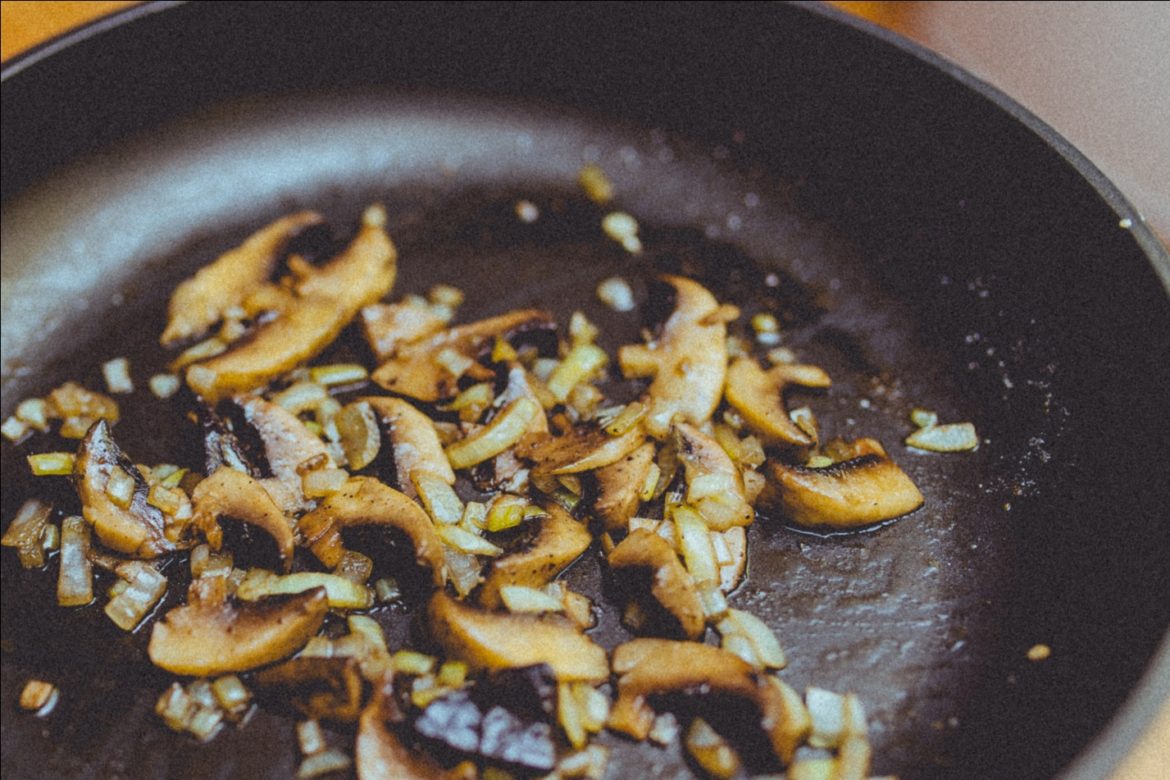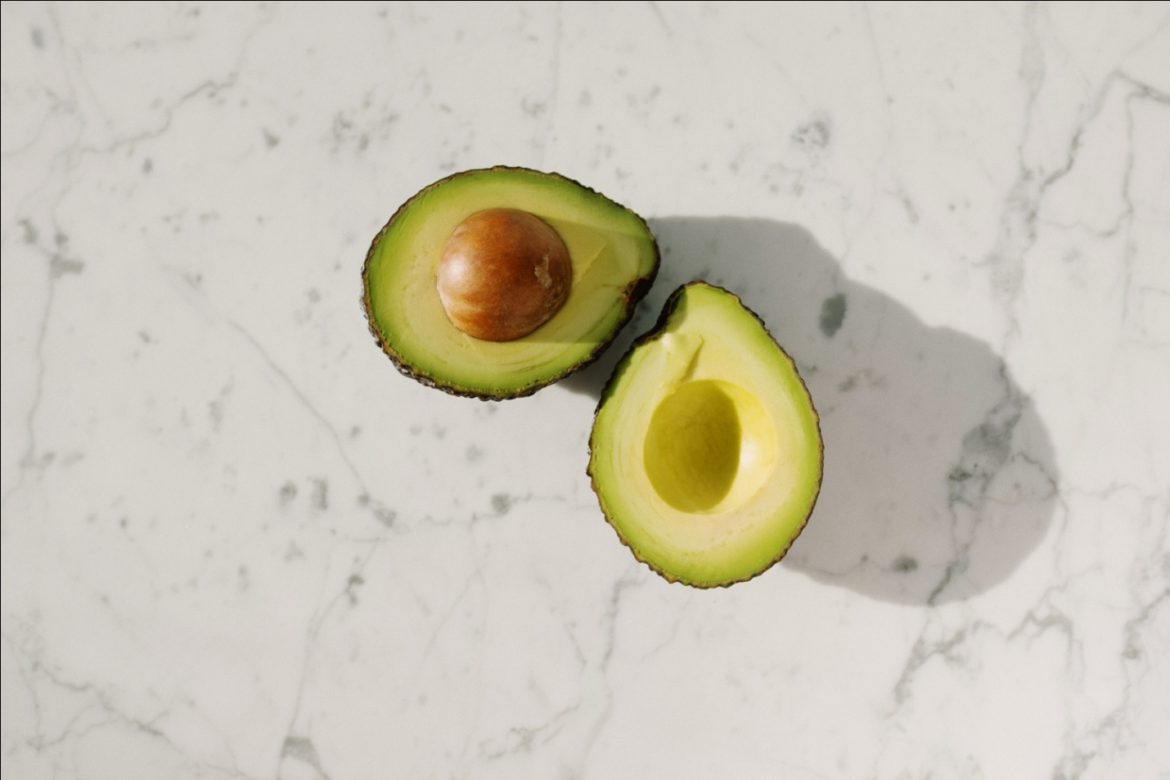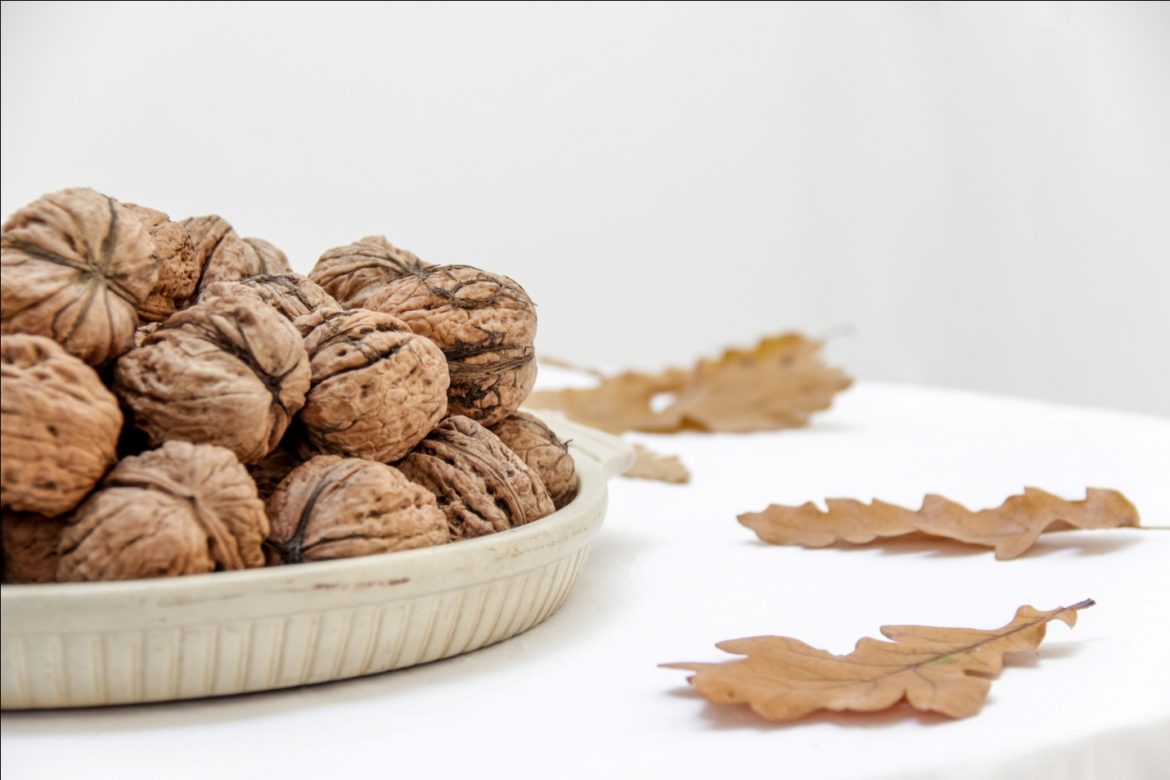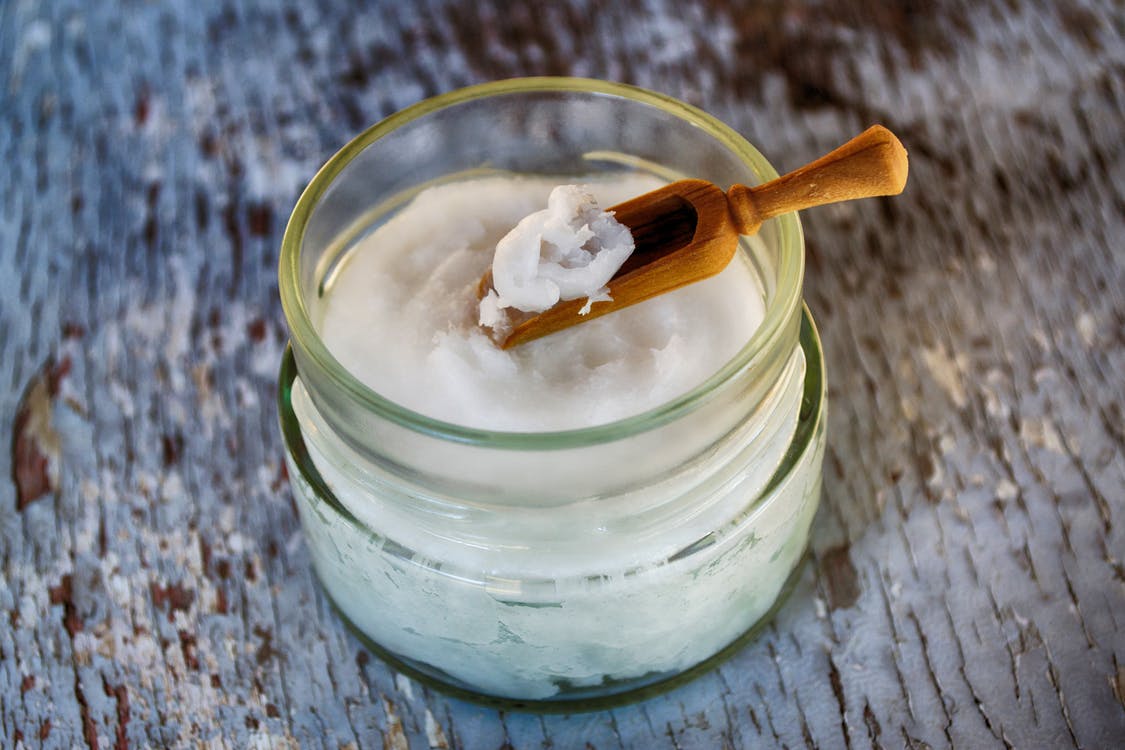8 Best Oils for Your Health
When you’re thinking about the healthiest oil for you, there’s a high chance that olive oil may be the first one to pop in your head. Although you aren’t entirely wrong; olive oil is indeed very healthy.
However, when it comes to consuming oils in your diet, things can be a little more complicated than just a simple answer like: olive oil is the best oil for your health. Because if that was the case, all the other oils would have been off the shelves a long time ago.
The reason there are so many cooking oils available for consumption is that all oils have distinct qualities and properties. A certain oil may be best for stir-frying but won’t be the best choice for deep frying. Likewise, some oils may be best for sautéing, some for baking and some are best consumed raw as salad dressings.
With so many different oils available, it can be difficult to understand which to pick. But with a little research and some information, it can become a piece of cake.
However, before you can decide which oil suits your needs the best, it is important to understand the smoking point of various oils.

What Is a Smoking Point and Why Does It Matter?
You’ve probably heard that it’s not a good idea to use olive oil for deep frying. You may have wondered – if it’s the healthiest oil, then why shouldn’t I use it for deep frying? Well, the answer to that question may be clearer once you understand what a smoking point is.
Every single cooking oil, or cooking fat including butter and lard, has a smoking point. This is the temperature at which the oil stops simmering and starts sending out serious signals of smoke. It is a crucial element of any good cook’s vocabulary to be able to understand how to interpret these smoke signals.
For instance, have you ever left a pan filled with oil on high heat only to feel seconds later that something smells like it is burning? You then turn around to look at the pan and see that it is billowing with smoke. This most likely means that the oil you used had a low smoking point.
Most of the unrefined oils are extracted by mechanically crushing and pressing nuts and seeds. These oils are immediately bottled to preserve the minerals, enzymes and other compounds in order to retain the oil’s natural flavor and color. These cold-pressed oils, or as they are more commonly known as, virgin oils, don’t do well in high temperatures and are especially vulnerable to rancidity. Therefore, instead of using them for high temperature cooking, it is better suited to use these virgin oils for drizzling, dressing or cooking at lower temperatures.
On the other hand, industrial-level refinement processes are used by manufacturers to produce oils with higher smoking points. This process includes bleaching, filtering and high-temperature heating to extract and eliminate those compounds that make oil susceptible to heat. The result of this process is a refined oil that is neutral-flavored with a higher smoking point and longer shelf life.
Reading this, you may think – doesn’t all that bleaching and filtering make the oil unhealthy? Maybe it’s just better to stick to unrefined oil for all things and be more careful that it doesn’t get so much smoke that it affects the taste.
Truthfully, this isn’t a great idea. In fact, smoking oil isn’t a bad thing; especially when you’re cooking. If you use unrefined, virgin oil for cooking, it’ll soon start sending up smoke. Yes, smoke is pesky, but that’s not the reason of concern here.
When any oil is heated past its smoking point, the fat content in it starts to break down. This releases free radicals along with a chemical called acrolein; the substance that gives burnt food its unpleasant smell and taste.
In addition to that, as the fat starts to break down, it starts getting closer to its flash point. This is when it starts producing ignitable gases that you definitely don’t want anywhere near an open flame. However, you don’t have to start panicking as soon as your oil starts to smoke; the chances of it spontaneously combusting are very low. But you definitely want to take it off the stove as quickly as possible. Once it cools down, give it a taste to see if it has developed any unpalatable flavors. If yes, then just dispose it off safely and start with a new batch. If it tastes fine, it is still safe for consumption.
So to sum it up, the higher the smoking point of an oil, the more cooking methods it can be used for. But if you want to drizzle your sandwich or make a salad dressing, then opt for the lower smoking point oils.

Best Oils for Your Health
Now that we have a basic understanding of smoking points and why it is important to know them, let’s take a look at the oils that are best for your health.
· Extra Virgin Olive Oil
A large amount of monounsaturated fats and some polyunsaturated fatty acids are present in extra virgin olive oil, which makes it a heart-health friendly oil. In fact, many cooking experts and nutritionists agree that it is one of most versatile and healthy oils to cook and eat. However, it has one of the lower smoking points, so it is better used in low to medium-heat cooking like sautéing.
However, a better way to consume extra virgin olive to reap its benefits to the fullest is by taking it raw as salad dressings or by drizzling it over other foods like sandwiches and pasta. It is also a great option for baking. Some people even add it to their coffee instead of butter. The taste may not be for everyone, but if you can enjoy it in your coffee, then it would definitely be a healthy addition to your diet.
· Canola Oil
Canola oil has a really bad reputation in the world of cooking fats. In fact, most people believe that it is the unhealthiest oil to cook with. However, this isn’t true. The reason behind this misconception is that canola oil is most commonly used for deep-frying, and since deep fried food is known to be unhealthy, the oil gets a bad image by association.
In reality, canola oil isn’t bad for you on its own. With a high smoking point and natural flavor, canola oil is one of the best oils for frying. It is chemically processed to get the high smoke point, but that doesn’t affect its health qualities much. It is also perfect for roasting and baking. However, since it has a natural flavor, it may not be a great choice for sautéing.

· Avocado Oil
Just like olive oil, avocado oil also contains both monounsaturated and polyunsaturated fatty acids. However, it also has a higher smoking point, which makes it suitable for cooking at higher heats and is great for stir-frying. It also contains a good amount of Vitamin E. Since it doesn’t have a strong flavor, it can be very versatile while cooking.
Another great thing about avocado oil is that it isn’t processed chemically. However, it can a bit more expensive than other common oils available on the market. But if you want an oil that has a high smoking point without being refined, and don’t mind spending a bit more, then this is a great oil for you.
· Peanut Oil
Peanut oil is arguably the most flavorful oil you’ll find. So you should probably only use it if you are okay with your dish having a strong peanut flavor. However, peanut oil and other nut oils can be very fun to experiment with in the kitchen. It has a nutty smell and taste, and is usually flavorful, so it can elevate the taste of your dish.
It has one of the highest amounts of monounsaturated fats. In fact, almost half of peanut oil is basically monounsaturated fats. Additionally, it contains about 11% of the daily recommendation of vitamin E. It has a relatively high smoking point along with a great flavor, which makes it ideal for stir-frying, grilling, roasting, sautéing, searing meats and frying.

· Walnut Oil
Just like the nuts, walnut oil too is a powerhouse of nutrients. It is an excellent source of plant omega-3s, which are very necessary to balance out omega-6 fatty acids to prevent inflammation. However, due to it usually being unrefined or semi-refined, it contains naturally occurring nutrients and phytochemicals, because of which it has a relatively lower smoking point.
Just like peanut oil, walnut oil too has a strong flavor. To make the best use of this oil, it is recommended to toss into pasta dishes or drizzle over salads and soups as a finisher. Its strong flavor can give any dish an interesting spin. Walnut oil is also fairly pricey, so it is recommended to be stored in the refrigerator or the freezer to preserve the phytochemicals as well as the flavor.
· Sesame Oil
Sesame oil contains powerful antioxidants like sesamol and sesamin, along with being rich in both monounsaturated and polyunsaturated fats, and is also low in saturated fats. Some research also suggests that sesame oil can potentially reduce blood pressure.
Sesame oil that is made from toasted seeds has a lot of flavor, making it great for stir-frying and sautéing. It has a high smoking point, so it can be very versatile in the kitchen. It is also a great substitute for peanut or walnut oils if you are allergic to either or nuts in general.

· Coconut Oil
Coconut oil is another controversial oil for which people have quite a diverse set of opinions. The reason behind this conflict is its high saturated fat content. However, this gives it a high smoking point which can be an ideal choice for frying food.
The truth is that coconut oil is not the miracle ingredient in the health world as it has recently been advertised to be. However, it isn’t as bad as most people make it out to be either. One of the best uses of coconut oil can be in baking as a vegan substitute to butter. The creamy and fatty quality of coconut along with its mild flavor can enhance any baked good.
· Flaxseed Oil
Flaxseed oil is another great source of omega-3 fatty acids. If you don’t consume a lot of fish in your diet, it is very important to get enough omega-3 fatty acids from other sources like walnut and flaxseed oils. However, it has a very low smoking point, and should absolutely not be used for cooking; even at lower temperatures. It can oxidize almost immediately, since it is very sensitive to heat.
Just like most other cold pressed oils, it can be used to make salad dressings, tossed into pasta, and even drizzled over hummus. It is recommended to store it in cool dark places to preserve its quality so it is best to buy smaller bottles which will get used up quickly.
Ultimately, there isn’t a single oil that can be termed the healthiest. A good balanced diet consists of more than one kind of oil. You need some cold pressed oils as well as some oils with a high smoking point in your house, so you can use whatever suits your needs at the time.
The best way to find what oils work for you it to experiment with a few oils and then decide what you want to stick with. You don’t have to stick with one anyway. You can keep switching between oils as you please. As long as you use them in moderation, all of these oils will be beneficial for you in some way.


